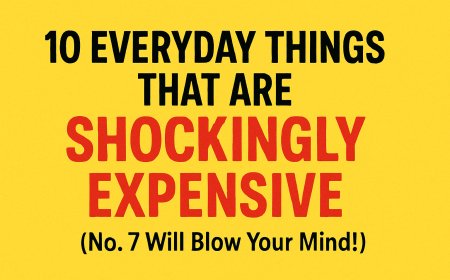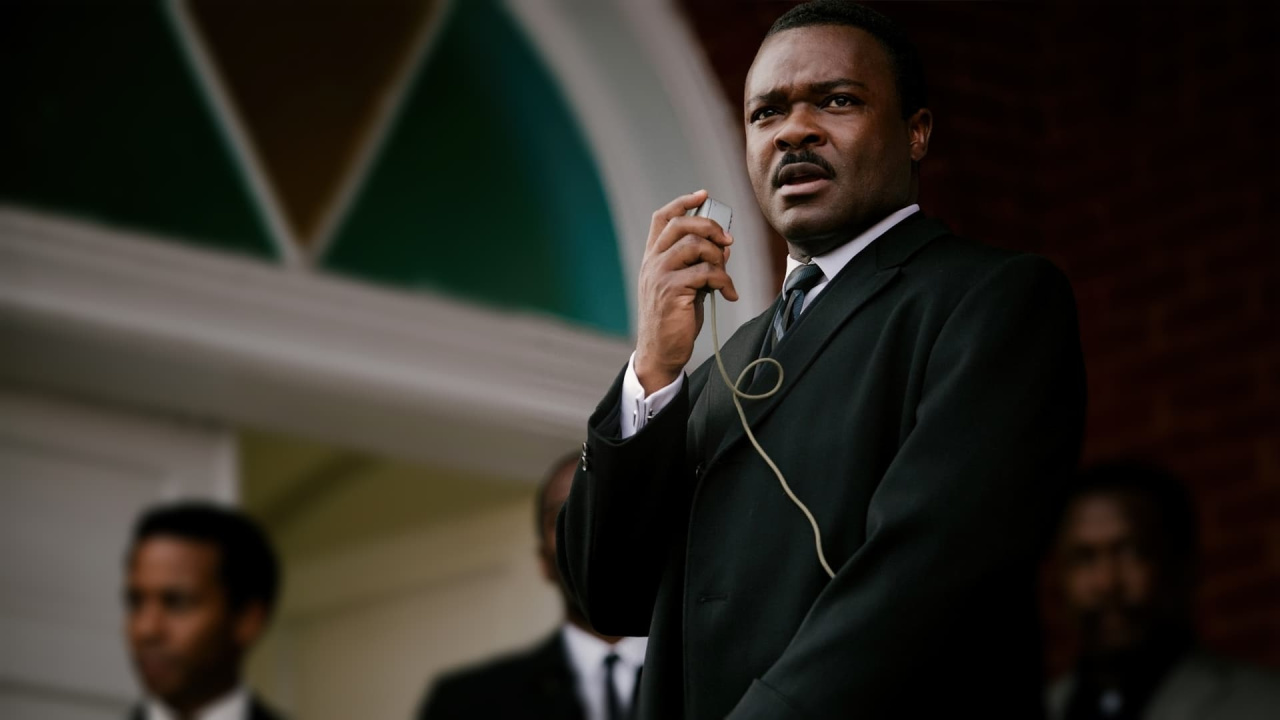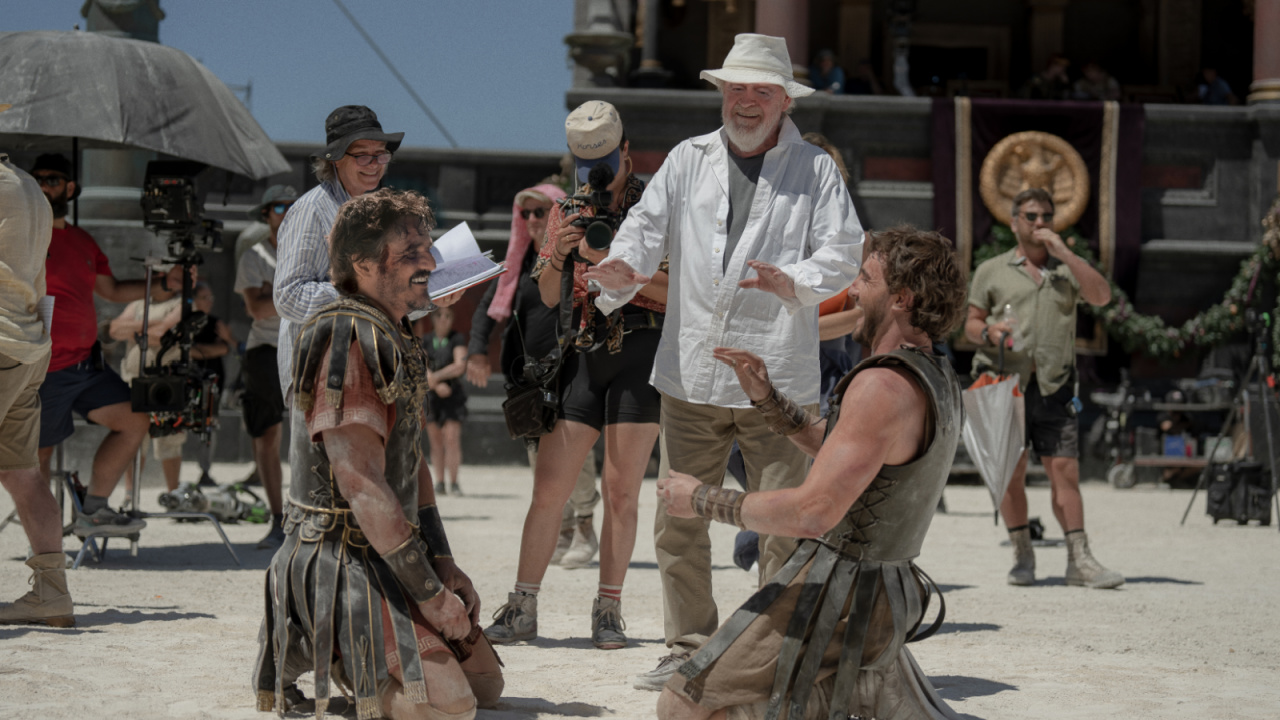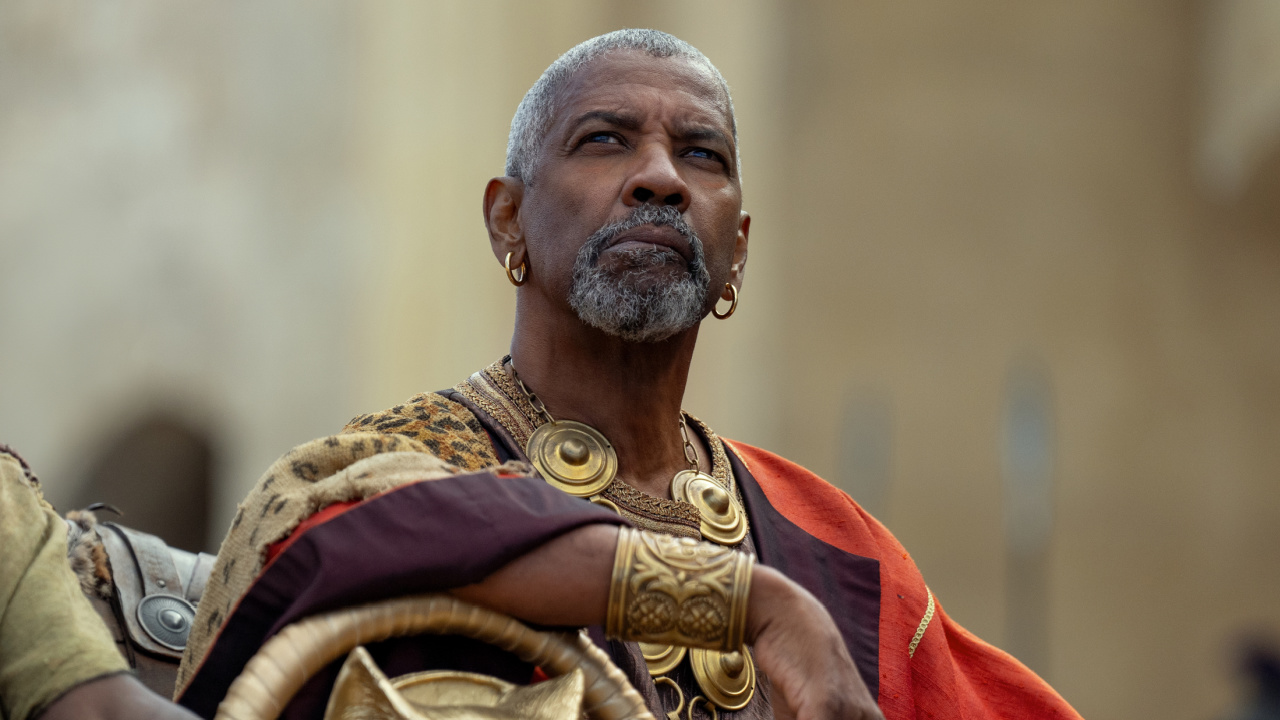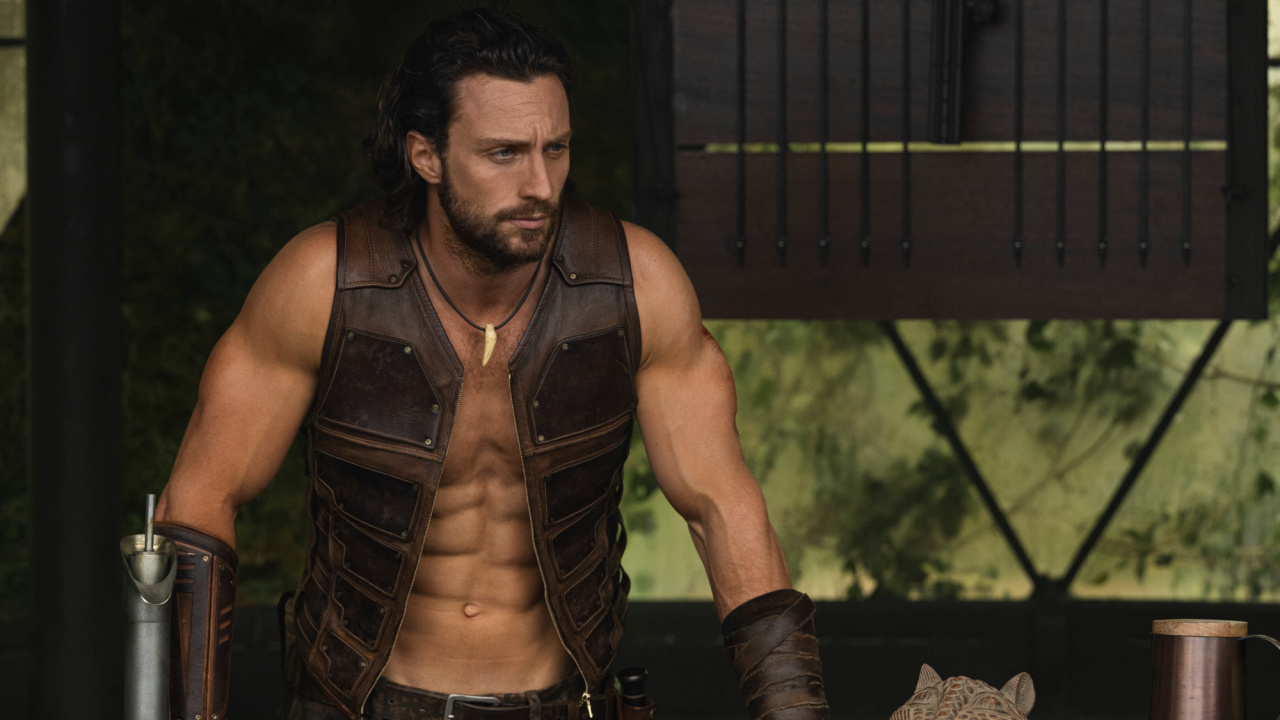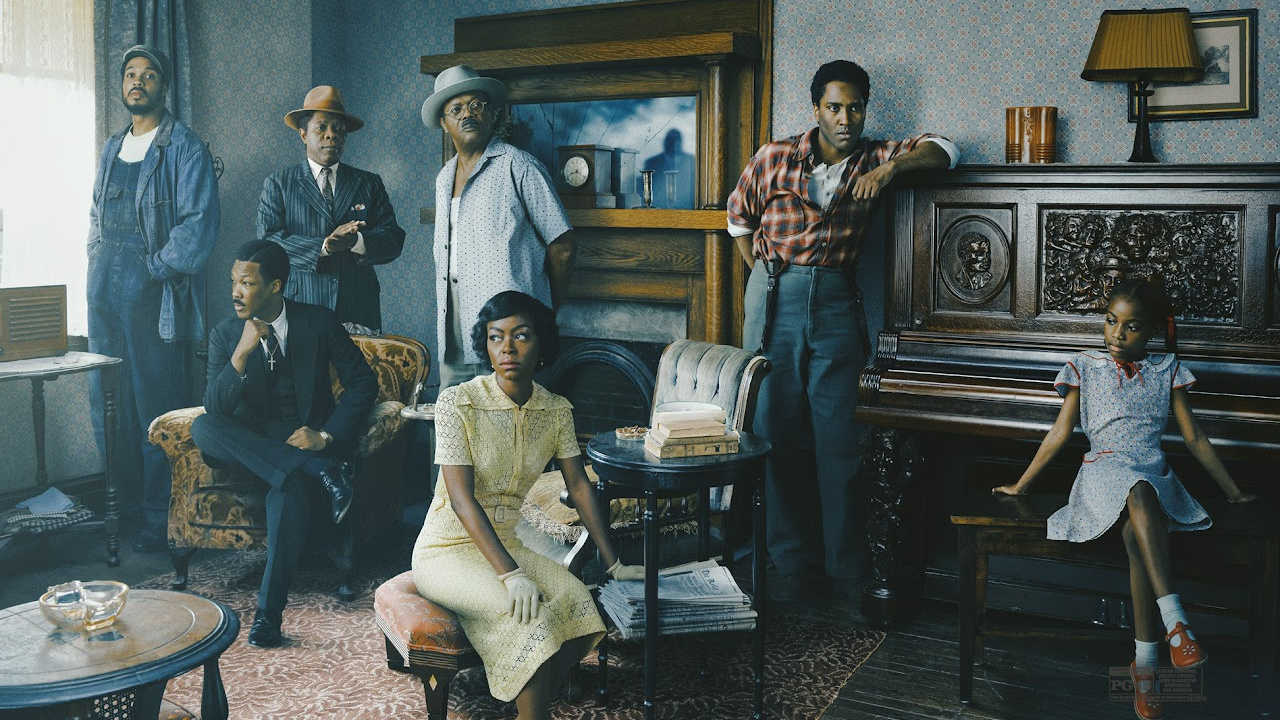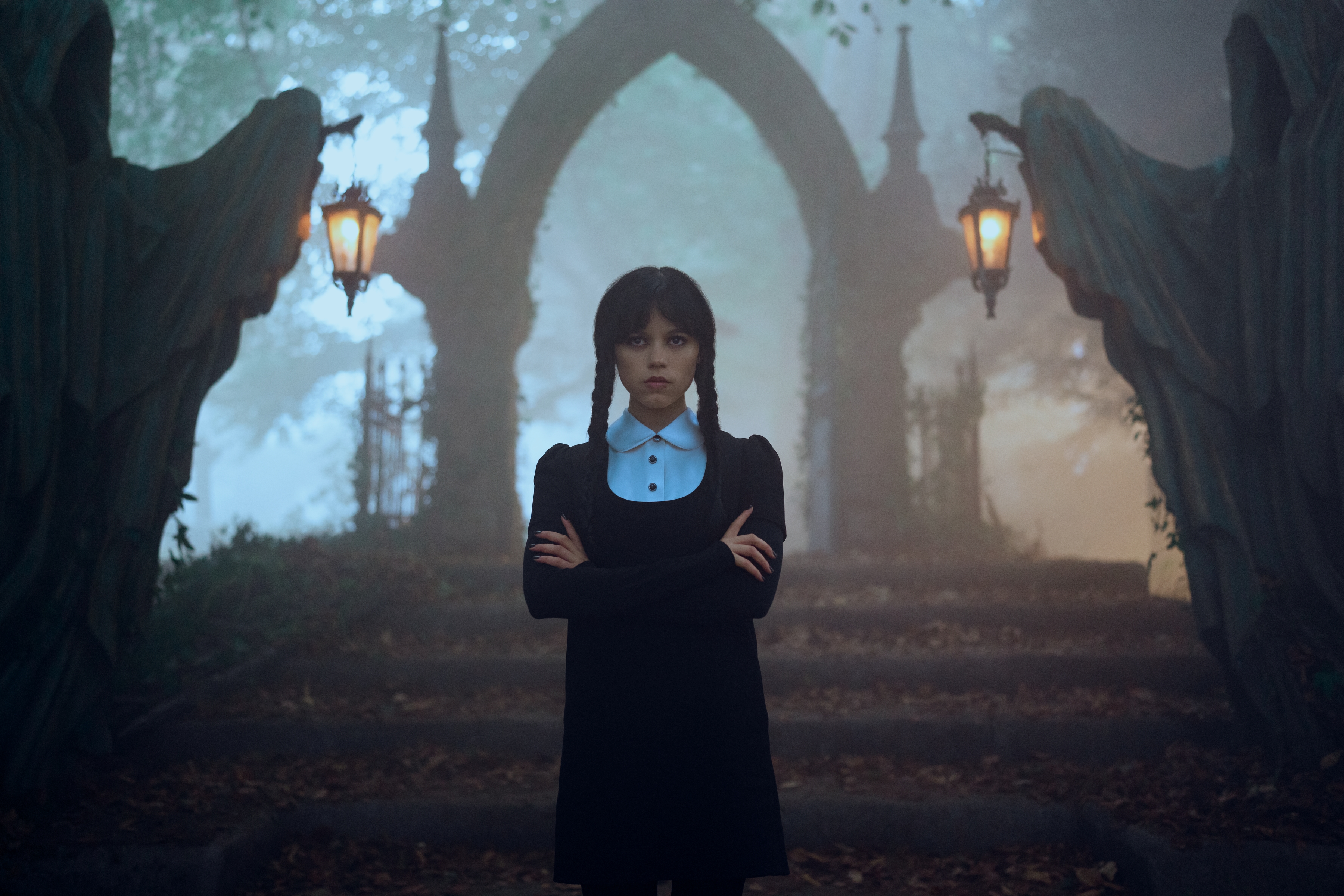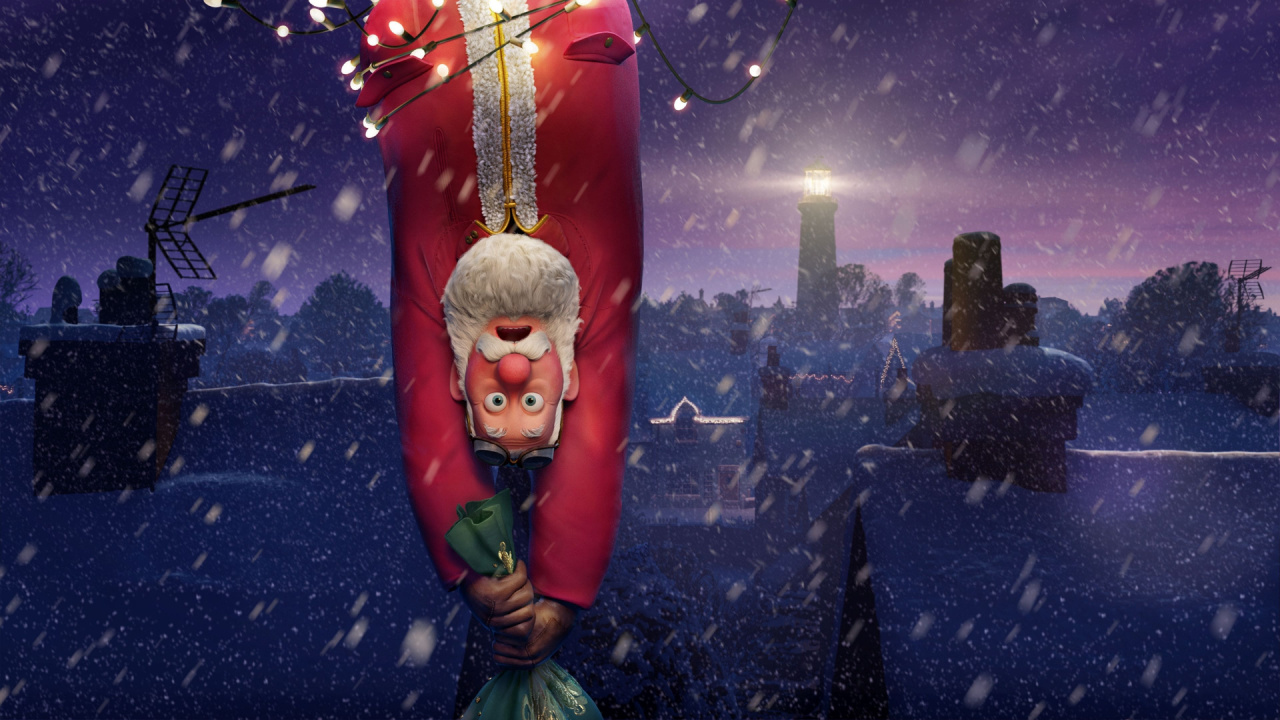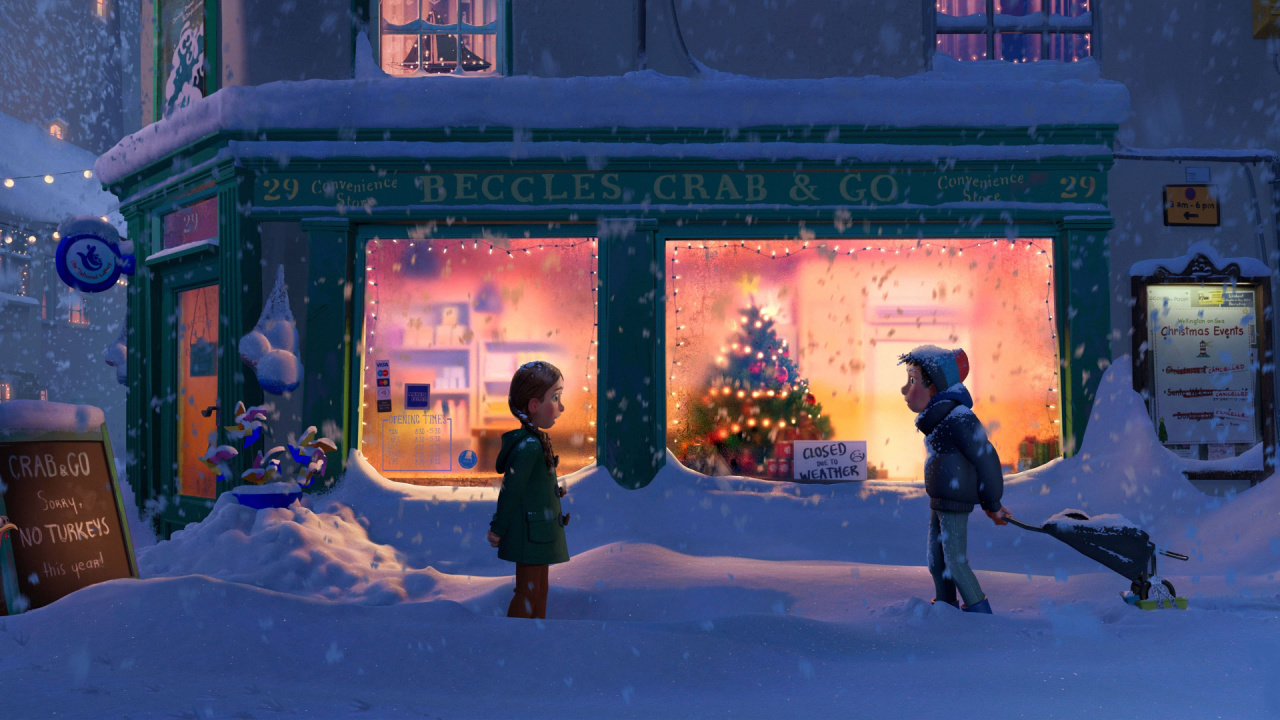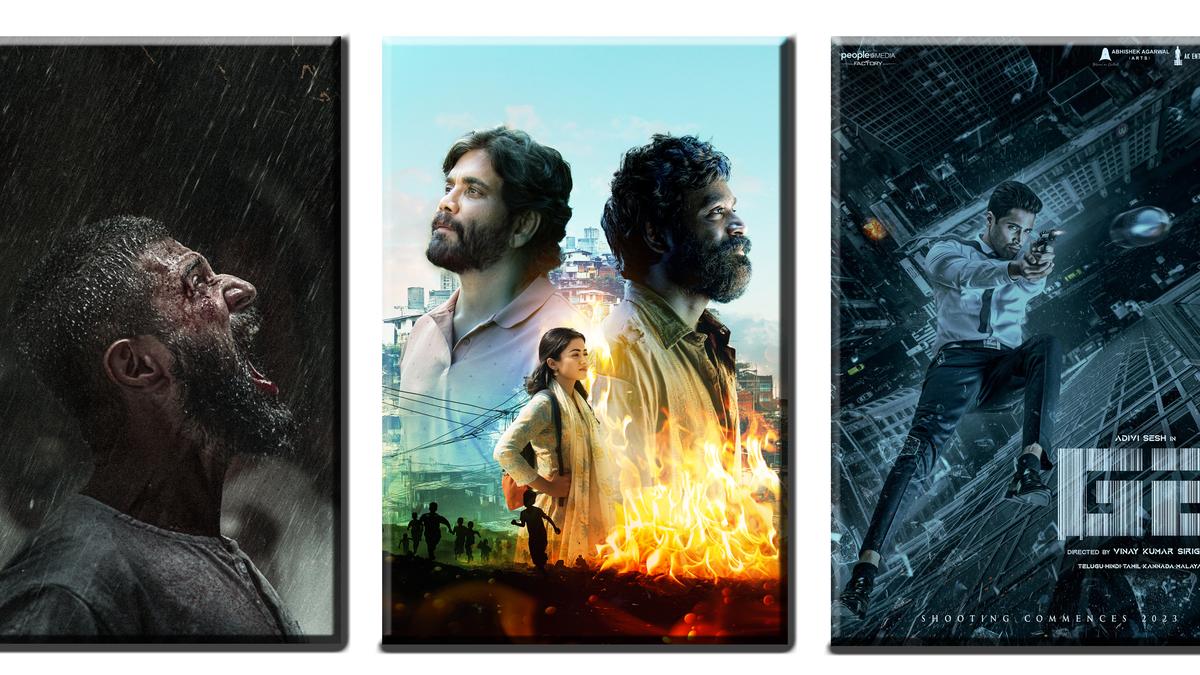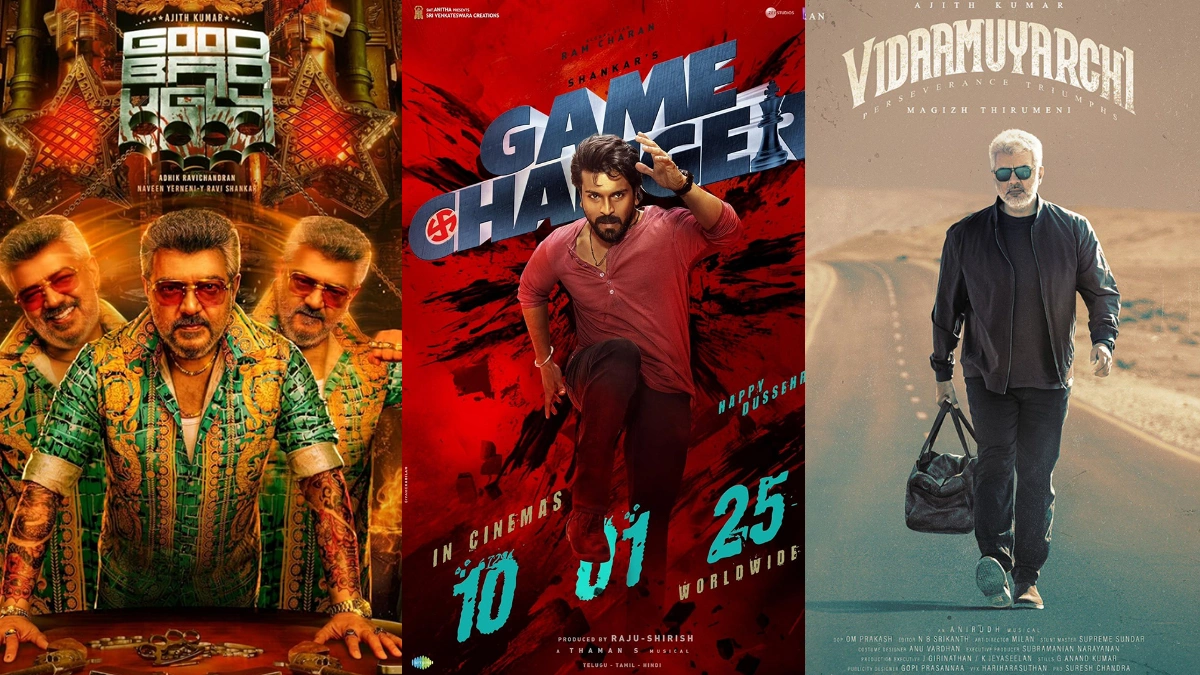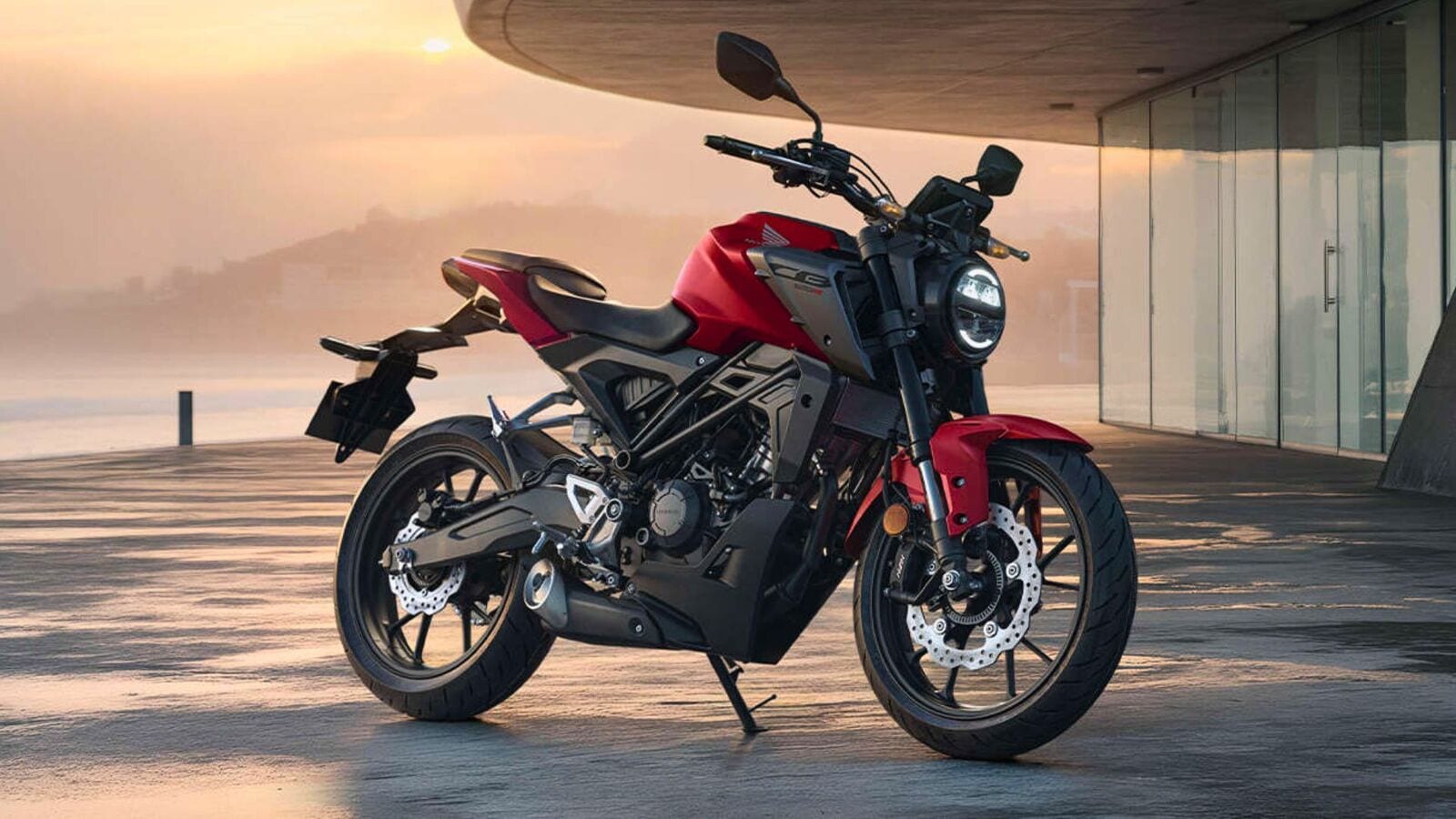The Studio Exec Who Broke Marvel Into the Big Time Has Passed Away
Universal Exec Frank Price, who recently passed away at age 95, made the deal with Stan Lee and Marvel that brought characters like The Hulk, Captain America, and Doctor Strange to live-action for the first time.


Storied film and television executive Frank Price passed away on August 25, 2025, at age 95. Besides being one of the primary developers of the TV movie and miniseries concepts, Price was himself a story editor/writer of 1950s programs like The Virginian and Tales of Wells Fargo before becoming the head of Universal Television where he oversaw shows like Kojak, Baretta, and The Rockford Files. He segued into the movie business in 1978 as president of the film division at Columbia Pictures, greenlighting classics like Kramer vs. Kramer, Gandhi, The Karate Kid, and Ghostbusters. In late 1984 he moved to Universal where he ported over Columbia projects like Back to the Future and Out of Africa to become monster hits.
I first encountered Price as one of the executive figures in Jack Matthews' classic behind-the-scenes exposé The Battle of Brazil (about the conflict between director Terry Gilliam and Universal over that film), and then much later as a figure of importance for my own non-fiction book, A Masterpiece in Disarray, about David Lynch's Dune, which Price supervised the release of. After being generous with his time on that book, I got to speak to Price again last year where the subject of his fortuitous – and arguably crucial – involvement in bringing Marvel Comics to live-action came up.
"I think I am indirectly responsible for the whole Marvel thing because of the Incredible Hulk television series," Price told me in June of 2024. "I did that at Universal, and Marvel was basically going out of business. We could have bought Marvel for $50 million at that point, but [Universal boss] Sid [Sheinberg] decided against it. Today that's worth billions."
Taking a Chance on Stan
Marvel Comics properties have been arguably the dominant force in movies since the launch of X-Men in 2000, with films in the interconnected Marvel Cinematic Universe alone accounting for $32 billion in global business since 2008. A comic book fan since childhood, Price had known Stan Lee and by the mid-1970s was willing to take a chance on Marvel's sprawling universe of characters in a live-action milieu.
"I had 10 of the Marvel comics," Price stated. "I had an option deal with Marvel where of their 110 or 120 characters I could select 10, so I had the pick of the litter. This is just before I left to go to Columbia, and so I didn't get all of them done. Fortunately the thing I got from Bob Wessler, who was head of CBS, was a commitment of 10 two-hour movies on these superheroes. The way I did it was I had our art department make life-size [cardboard] cartoons of these characters. I took them all over to a meeting at CBS, put them around the room to pitch this, and he bought it. He committed to the two-hour movies. The first one was Incredible Hulk."
To bring Lee and Jack Kirby's The Incredible Hulk to life on the small screen, Price went to one of Universal Television's newest big producers, Kenneth Johnson, who was fresh off of creating The Bionic Woman (a spin-off from Harve Bennett's The Six Million Dollar Man), which ran for three seasons.
Price said, "I did Six Million Dollar Man and Bionic Woman, and that was before Incredible Hulk, so I like the superhero things. There are certain basic things you need to observe to keep the premise, right? On my superhero stuff I had rules, that if the Six Million Dollar Man had the strength of 20 men, that means 21 can overcome it. That's the danger point. You've always got to have a vulnerable superhero."
"Frank called me and he said, 'Look, we just acquired the rights to five of the Marvel Comics superheroes. Which one would you like to do?'" Johnson told IGN in the wake of Price's death. "He was giving me the first choice, which was flattering, but I said, 'Gee, Frank, thanks, but none of them.'"
Johnson did not necessarily want to be pigeonholed as a science fiction guy, unable to identify with Marvel's slate of "spandex and primary colors" characters. At the time there was so little demand for them in Hollywood that Price got the rights for a song, with Johnson claiming the number was around $7K for each title. Although Universal had the rights to 10 of the superheroes, the potential first wave had been whittled down to five, which consisted of The Hulk, Captain America, The Human Torch, Namor the Sub-Mariner, and Ms. Marvel. The latter two would have been competing directly with similar TV fare like NBC's short-lived Man From Atlantis starring Patrick Duffy and Lynda Carter's Wonder Woman.
"I had a lot of respect for him, but I just didn't want to go down that road with Marvel stuff," Johnson continued. "But at the time, I was reading a book my wife Susie gave to me called Les Miserables, so I had the fugitive concept rattling around in my head with the inspector pursuing him. Sitting there at night, I thought, 'I bet I could take a little bit of Victor Hugo and a little bit of Robert Louis Stevenson's Dr. Jekyll and Mr. Hyde and take this ludicrous thing called The Incredible Hulk and turn it into an adult psychological drama. Not a comic book show.' I went back to Frank with that concept and he said, 'Okay, that's great.' We were going to do two movies, that was the order CBS had in mind: A genesis movie where we show how it begins/how the situation arose, and then a two-hour follow-up movie about how this could be an episodic."
Part of Johnson's deal with Price involved him making the two Hulk movies in exchange for a "one for me" that would keep him from being pigeonholed as a sci-fi guy, i.e. a dramatic four-hour miniseries based on Sir Walter Scott's Ivanhoe.
Said Johnson, "We shook hands on it and Bob's your uncle. Then I sat down and in seven days wrote the story and screenplay for the pilot movie of The Incredible Hulk. Frank was great, he completely left me alone. We shot the white pages of my first draft screenplay, which was a rarity at that time… still is. I also insisted on casting it myself, writing it with Bill Bixby in mind. I had seen a performance Bill had done in a TV movie called Steambath, so he'd always been in my head. I wrote, produced, and directed the pilot that Universal later released as a foreign theatrical, which I had no idea. I got a call one day from Universal, 'Hey, congratulations, you have the top-grossing movie in Europe!'
“Then I began working on the script for Ivanhoe, but by the time the script was written, Frank had left the studio. The new guy who had come in to replace Frank said, 'Well, we're not going to do that.' I said, 'I shook Frank's hand,' and he said, 'Yeah, well Frank's hand is no longer here to sign the check.' Welcome to Hollywood, Kenny."
A Hulk-Sized Hit
While Ivanhoe never happened, November 1977's initial The Incredible Hulk TV movie turned into an incredible ratings success story, cashing in on the sci-fi boom initiated by that year's Star Wars, as well as the Hulk comics themselves. Lasting for five seasons (80 episodes) from 1977 to 1982, the show benefitted hugely from the quiet charisma of star Bill Bixby as well as his Hulk form portrayed by bodybuilder/human special effect Lou Ferrigno, the latter alternating between sympathetic and terrifying. Johnson wanted to swap the Hulk's color from green (derisively referring to it as "the envious Hulk") to red and lost that battle, but was able to change the name of Bruce Banner to David Banner to avoid the alliterative pattern of other Marvel heroes (Peter Parker, Reed Richards, Bucky Barnes, etc.). Jack Colvin supplied the Inspector Javert vibes as the newspaper man antagonist in constant pursuit of Banner. The pilot movie is a self-contained tragedy with lots of pathos and much more of a Frankenstein-ian horror angle than the rest of the series had. However, it took some convincing to get that initial series commitment from the network.
"Frank and I were literally shoulder to shoulder at CBS, and it took us three meetings to get this guy to go with our beliefs that this could be a hit show," remembers Johnson. "The CBS president at that time didn't get it. He said, 'I don't see how this could possibly be a series.' We said, 'What are you talking about?' It was clear how it's a story based on Greek tragedy, a hero who brings down a curse upon himself tampering with things better left to the gods. It was very clear to us how it could be an ongoing series, how he would move through the world trying to find a way to cure himself of this problem of not letting his anger get out of control. After three meetings this gentleman finally said, 'Okay, well, look, I'll give you a mid-season replacement for 10 episodes.' We did it and it really took off!"
Produced and developed by Johnson, the show's first season came in at #26 for the 1977-1978 season, tying with Hawaii Five-O. It continued to be a solid performer across five seasons, often winning its Friday timeslot. Due to its complexity (changing locales/VFX/make-up), The Incredible Hulk became one of the first shows where each episode was shot over eight days instead of the typical 6-7 day schedule of most ’70s episodics. It also spawned a newspaper comic strip and a popular board game. Even after the show ended in 1982, it continued to do very well in syndication, eventually becoming a mainstay of niche cable networks like Sci-Fi Channel, MeTV, and the El Rey Network.
"Frank was always very clear to me that what we did on the Hulk was what really broke Marvel into the big time," said Johnson. "Stan Lee told me many times over the years how he was so pleased with what we had done with The Incredible Hulk, because that was the first Marvel comic character that broke out. Just before his death, there was a big gathering in Hollywood for Stan's upcoming 94th birthday. He asked me to be on stage with him and he said, 'The work that Kenny and his team did on The Incredible Hulk is what jump-started the whole Marvel Universe.'"
"That worked," Price beamed. "Where I hit the right note was that they were doing spoofs of the superheroes like Batman, right? 'Wham, bam,' that stuff. I took a serious approach to it and that worked much better. I think that stimulated the Marvel thing. Unfortunately, Bob Wessler got fired for the deal, because [CBS bigwig] Bill Paley didn't want his network to become a cartoon network and the success of Incredible Hulk looked like it could go that way."
Spidey, Doctor Strange, Cap… and a Duck
While the Hulk roared to a ratings bonanza, CBS's attempts to emulate its success with other Marvel shows in Price's absence fell flat. Actually airing before the Hulk pilot, a TV movie of The Amazing Spider-Man starring Nicholas Hammond as Peter Parker led to a series, which began concurrently with the Bixby show on the network but only lasted 13 episodes. In September of 1978, a single TV movie based on Doctor Strange starring Peter Hooten as the Sorcerer Supreme aired to poor Nielsen ratings. January and November of 1979 saw two Captain America TV movies featuring Reb Brown as Steve Rogers, neither of which led to a series and ultimately ended CBS' infatuation with bringing more Marvel to TV.
If these other non-Hulk properties had been hits, there could certainly have been cross-pollination potential with heroes guest-starring in each other's shows. However, Price himself was not personally a fan of interconnected cinematic universes.
"No, I probably wouldn't have done that because I think that makes it more juvenile, all the crossovers with the superheroes," he said. "I think when you mix them up you wear them out. If you treat Spider-Man the way you should treat Superman or Batman, then keep them as superheroes and don't have 10 other superheroes coming in. At that point you start straining credulity. I come from the science fiction world where if you establish a certain premise upfront be consistent to that premise. As a kid I enjoyed Superman and Batman and Green Lantern. When I was eight or nine years old those kinds of books started hitting, so I was fascinated by that. If you've got a superhero, I like to come up with the supervillain that they're against and have a go that way. If you have Superman and you protect Superman and you don't screw it up, you can go on forever with that."
After a tantalizing "almost was" teaming Hulk with Nicholas Hammond's Spider-Man, NBC would eventually go down that road with two later TV movies: The Incredible Hulk Returns, which teamed Bixby's Hulk with Thor, and The Trial of the Incredible Hulk, which crossed over with Daredevil. Both served as backdoor pilots for series that never happened. (IGN covered both films with an extensive video you can watch here.) While not enamored with the Marvel Cinematic Universe style of storytelling, Price was also not a fan of how Marvel Studios portrayed the Hulk character in their later films, including 2008's The Incredible Hulk that serves as a partial tribute to the Bixby series. It all came down to relatability.
Opined Price, "I didn't like what they did in the Incredible Hulk movies because there's so much power there that what's the point? He can fly and all this… our Incredible Hulk couldn't fly. I thought we made a good psychological thing out of it, that when our hero got mad he turned into this Incredible Hulk. Well, that's like when you get mad you turn into a rage!"
Of course, Marvel Comics characters weren't consistently Price's strong suit. While working with George Lucas on the script that would become Radioland Murders in the mid-’70s, writers Willard Huyck and Gloria Katz were taken to a comic book shop Lucas owned at the time and shown Steve Gerber's satirical Howard the Duck series for Marvel. The screenwriters loved it and tried to option Howard, but found that Universal had purchased it as part of their television package with the comics group. Another movie attempt in the early ’80s with a Howard puppet designed by Stan Winston failed to launch, but then Huyck and Katz optioned it and, according to a 1986 San Francisco Examiner article, pitched it to Price as the newly installed Chairman of MCA/Universal’s Motion Picture Group. His response? "My God, I know about Howard the Duck – I once owned Howard the Duck."
With Lucas folded in as an executive producer and ILM doing the VFX, Price fast-tracked Howard the Duck as Universal's big movie of summer 1986 with Huyck directing, but the final movie bombed with critics and at the box office, grossing only $16M on a $30M+ budget. On September 17, a month-and-a-half after Howard the Duck's release, Price resigned from Universal despite two years left on his $3M-per-year contract. Variety reported it – on the same day they ran a celebratory article on 25 years of the Marvel Universe – with the infamous headline "DUCK COOKS PRICE'S GOOSE."
That was hardly the end of Price's studio career, though. In 1990 he returned to Columbia after Sony took ownership, and during his second reign as studio chief he greenlit A League of Their Own, Bram Stoker's Dracula, Groundhog Day, and the groundbreaking Boyz n the Hood. He was also instrumental in one last bit of Marvel business…
"When I went back to Columbia the second time I remembered Spider-Man," recalled Frank Price. "I hadn't been able to get him because the rights were split. Columbia owned a third, Golan-Globus owned a third, and there's a third elsewhere. What I said was, 'Clear the rights there. We want to get them.' So I know we got the Golan-Globus, and then I left Columbia again, then they finally got the other third… so I left them a good present."
"I really liked him," Kenneth Johnson concludes about the late Price. "He was one of the few executive-level guys in the industry who'd actually been a producer and writer. He was somebody that knew what we were going through. He wasn't somebody that had come to it from marketing or somewhere else. He understood film production and television production. Frank was a wonderful human being. He was jovial. You could laugh and scratch with him, and I think it came from the fact that he had been in our shoes as a producer. Oftentimes a lot of studios don't like to have somebody like Frank heading up an organization like that, because they think that person in that position will be too sympathetic to the creative aspects and not as financially sound. Frank managed to straddle that and make a terrific career out of being an executive."
